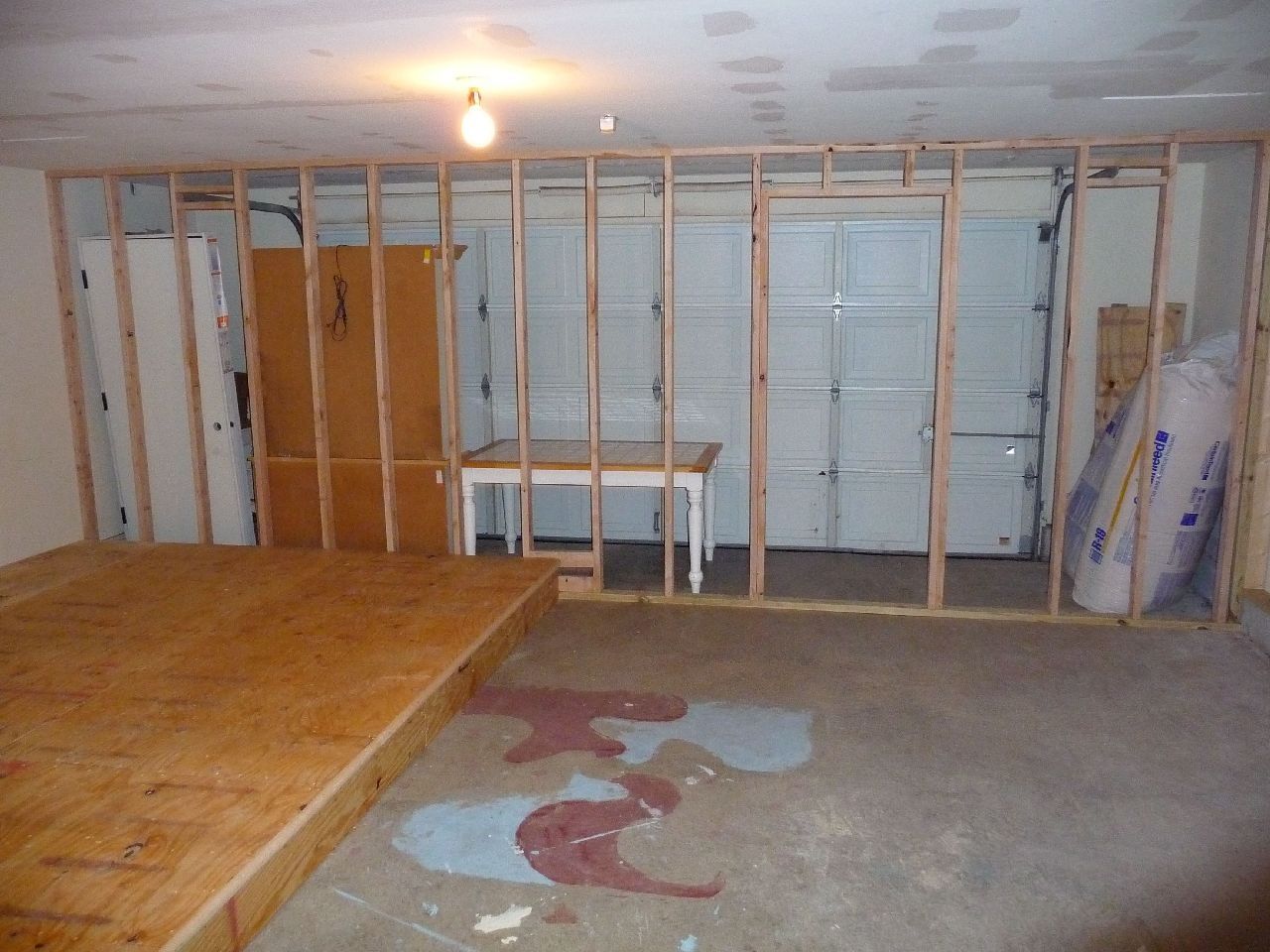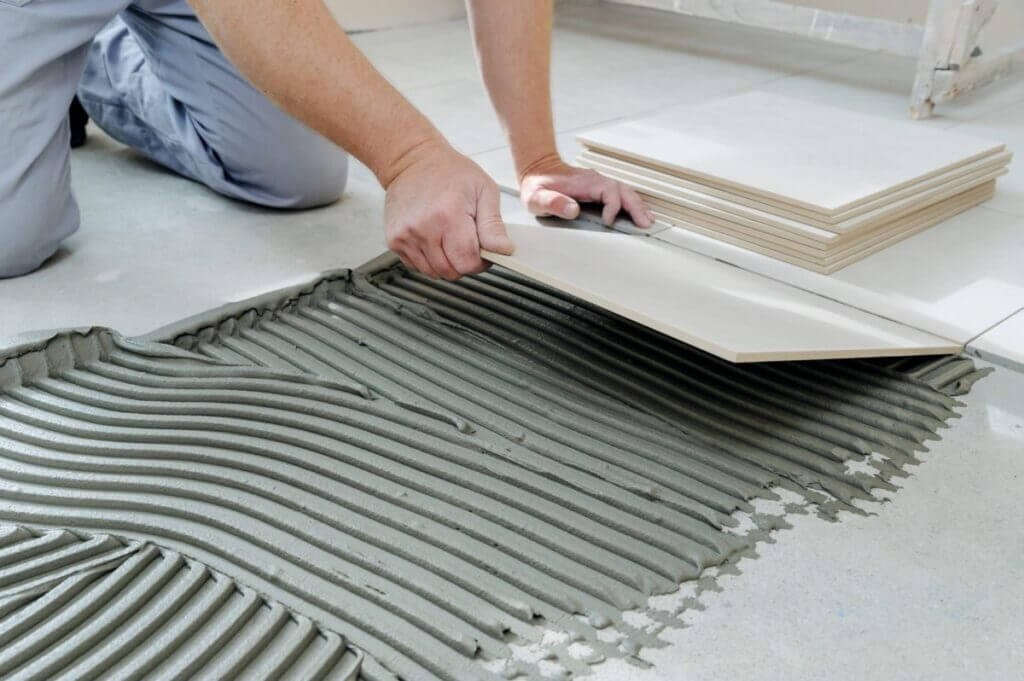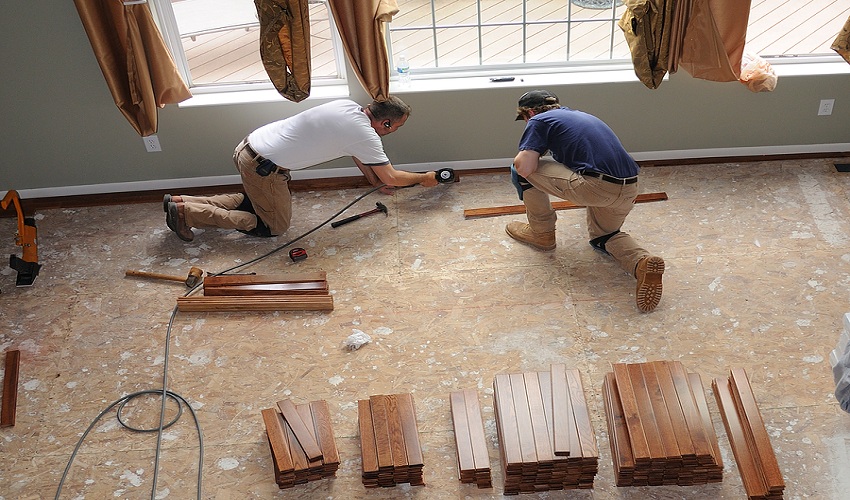
Source: Volodymyr Plysiuk/Shutterstock.com
A wet basement is a serious problem for any homeowner or tenant. If your basement is damp, it can promote the growth of mold and mildew and cause wooden shelving or furniture to rot. This makes storing clothing, books, electronics, personal files, or other paper products on the lower level of your home impractical. If you uncover a moisture problem in your basement, it’s best to address it as soon as possible to mitigate damage to your home and belongings. You’ll need to start by determining the cause and gather the proper equipment to make necessary fixes. Depending on the type of repairs, you may need a paintbrush and roller, a trowel, and a tile cutter for basement tiling.
Common Causes
There are various potential causes for water accumulating in your basement. Your priority should be evaluating your basement floor and walls for cracks that would permit water to enter. Rain or groundwater sources are a common cause of basement wetness or flooding. Check your gutters for obstructions and ensure your downspouts are discharging water away from your home. You should also assess your landscaping. The earth around your home should direct water flow away from your foundation, not toward it.
Internal sources of wetness can include faulty water heaters and leaky pipes. A burst pipe can flood a basement, but pipes can also leak more slowly, pooling moisture over time. If you open your basement windows to let air in during hot and humid seasons, the warm air interacting with the relatively cool air of your basement can promote condensation. To determine whether the water in your basement is coming from an internal or external source, you can perform a simple test. Locate a part of the wall that’s wet and dry it, and then place a sheet of aluminum foil over the dried area and secure it with duct tape. In 24 hours, remove the sheet and evaluate the underside of the foil. If the foil is wet, water is entering from the outside. If the foil is dry, the moisture is originating from inside the basement.
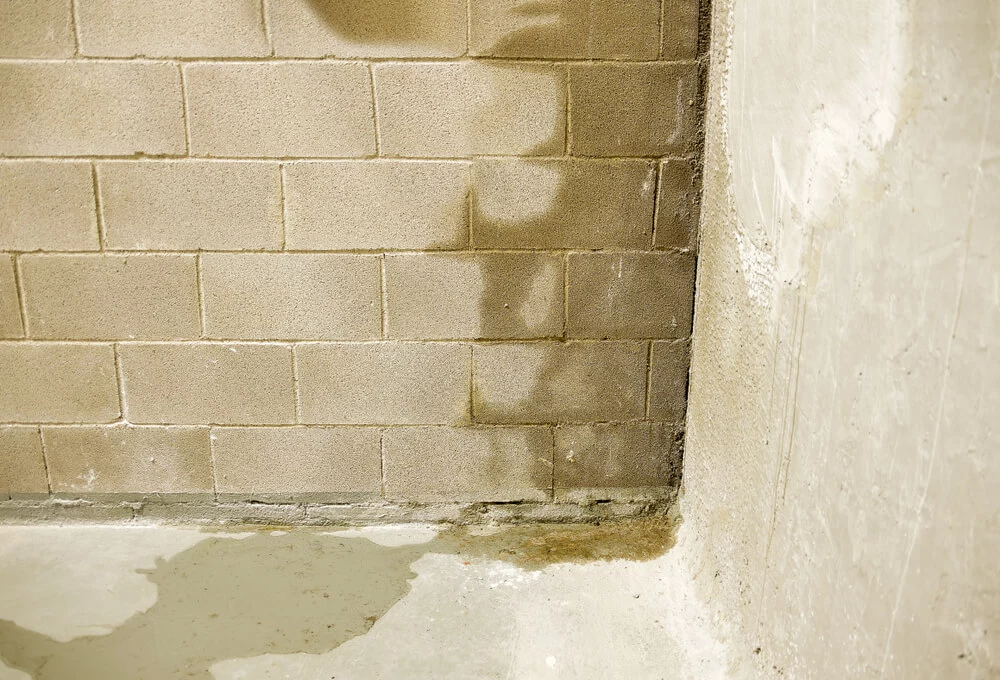
Source: cunaplus/Shutterstock.com
Waterproofing Options
Although you should find water sources in your basement first, addressing the dampness problem also requires waterproofing the surfaces in your basement. Don’t attempt to repair cracks or waterproof the walls if the basement is flooded. For the sake of your safety, turn off the electricity in the basement. To do this, locate your breaker box and find the circuit breaker that corresponds to the basement. This should resemble a toggle switch. Shut the basement circuit breaker off. Once you’ve done this, you can use a utility pump to remove water from the basement floor. To power the pump, use an extension cord connected to an outlet on a separate floor.
1. Sealants
When a construction company lays the foundation of a house, it pours the footing first. This is a concrete base designed to support the walls. The company pours the concrete for the walls second after the footing solidifies. A consequence of this practice is that, as the foundation settles, the soil shifts and the earth applies lateral pressure, weak points can develop. Over time, these weak points can become cracks.
One of your first options for repairing these cracks is to use a product known as hydraulic cement. Hydraulic cement is used to repair everything from swimming pools and drainage systems to foundations and chimneys. To use hydraulic cement to repair cracks in your basement walls, you’ll need to prepare the work surfaces. This means thoroughly cleaning and drying the area before applying it — you don’t want anything to interfere with the bonding process. If the foil test showed that water is seeping through your walls when no cracks are visible, consider applying waterproof paint. You’ll need to strip any existing paint and efflorescence — salt accumulation on the surface — before applying the waterproof paint. As you apply the paint, you’ll need to ensure you fill all the holes in the wall. Follow the manufacturer’s instructions and prepare to apply the hydraulic cement within a few minutes before it hardens.
2. Internal Drainage Systems
Aside from filling cracks and holes, which prevents water from entering through the walls, you should also consider internal drainage systems. While this isn’t technically a waterproofing solution, it does allow you to collect and remove water from the basement. An internal drainage system involves building a trench or channel along the perimeter of the basement footer near the walls. A drain and sump pump collect water and remove it from the basement, depositing it outside and away from your home. You should periodically check your sump pump to ensure that it’s performing correctly and consider installing a battery system as a backup. This prevents flooding in your basement if the power goes out when the pump should be functioning.
3. Dehumidify and Insulate
If the source of water is condensation from a bathroom or kitchen in your basement, you can typically solve this by using an exhaust fan or dehumidifier or by installing an air-conditioning system. The priority should be to either remove moisture from the air or improve air circulation, distributing it more evenly. If condensation collects on pipes, consider adding a layer of insulation. This prevents warm air from contacting cooler surfaces and vice versa.
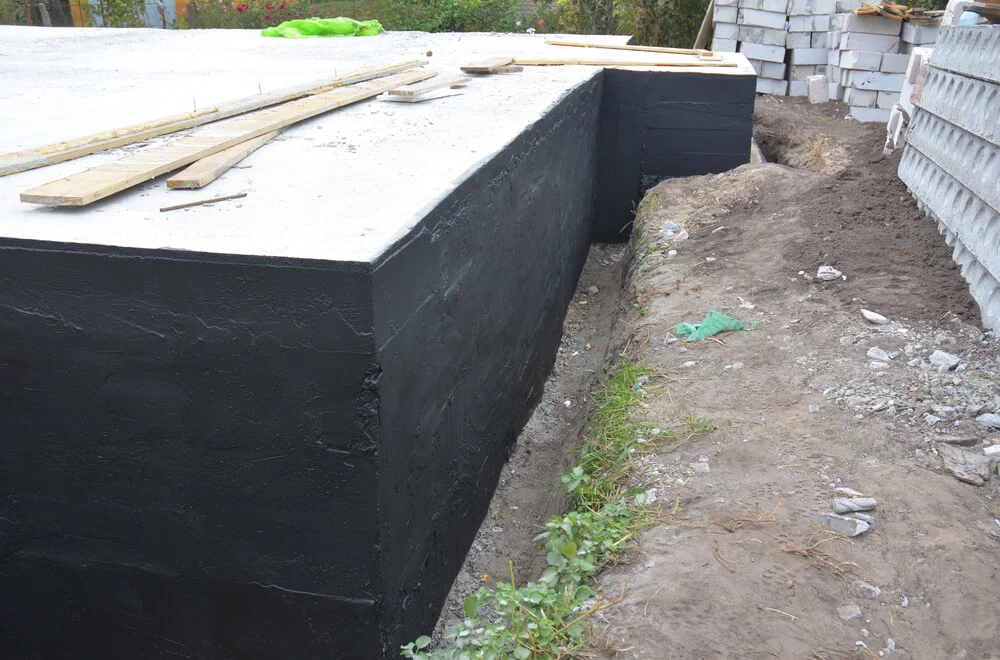
Source: Radovan1/Shutterstock.com
4. Exterior Waterproofing
If waterproofing sealants and interior drainage systems and dehumidifying your basement are either impractical or insufficient, it may be time to evaluate the exterior of your house. A common type of exterior waterproofing involves excavating the earth surrounding the foundation and installing a protective membrane. This prevents water from either passing over the foundation wall or seeping through a concrete wall.
Once you determine the cause of the water damage, you can begin the installation process. If water passes over the top of the foundation wall, you don’t need to remove as much soil as you would if the water was passing through the concrete.
Put It into Practice
Basements are prone to dampness and flooding. Faulty water heaters, leaky or burst pipes, condensation, rainwater entering through windows, and cracks in the foundation can all cause your basement to become a breeding ground for mold. Avoid these problems by taking the time to carefully assess your basement for water damage and the source of the problem. Once you’ve located the cause of the leak, you can take the necessary action to repair or stop it.

Shery Walls is a dedicated home blogger who has been blogging for over six years. She covers everything home related. Shery also loves writing posts about her travels to Europe with her husband and two children.


